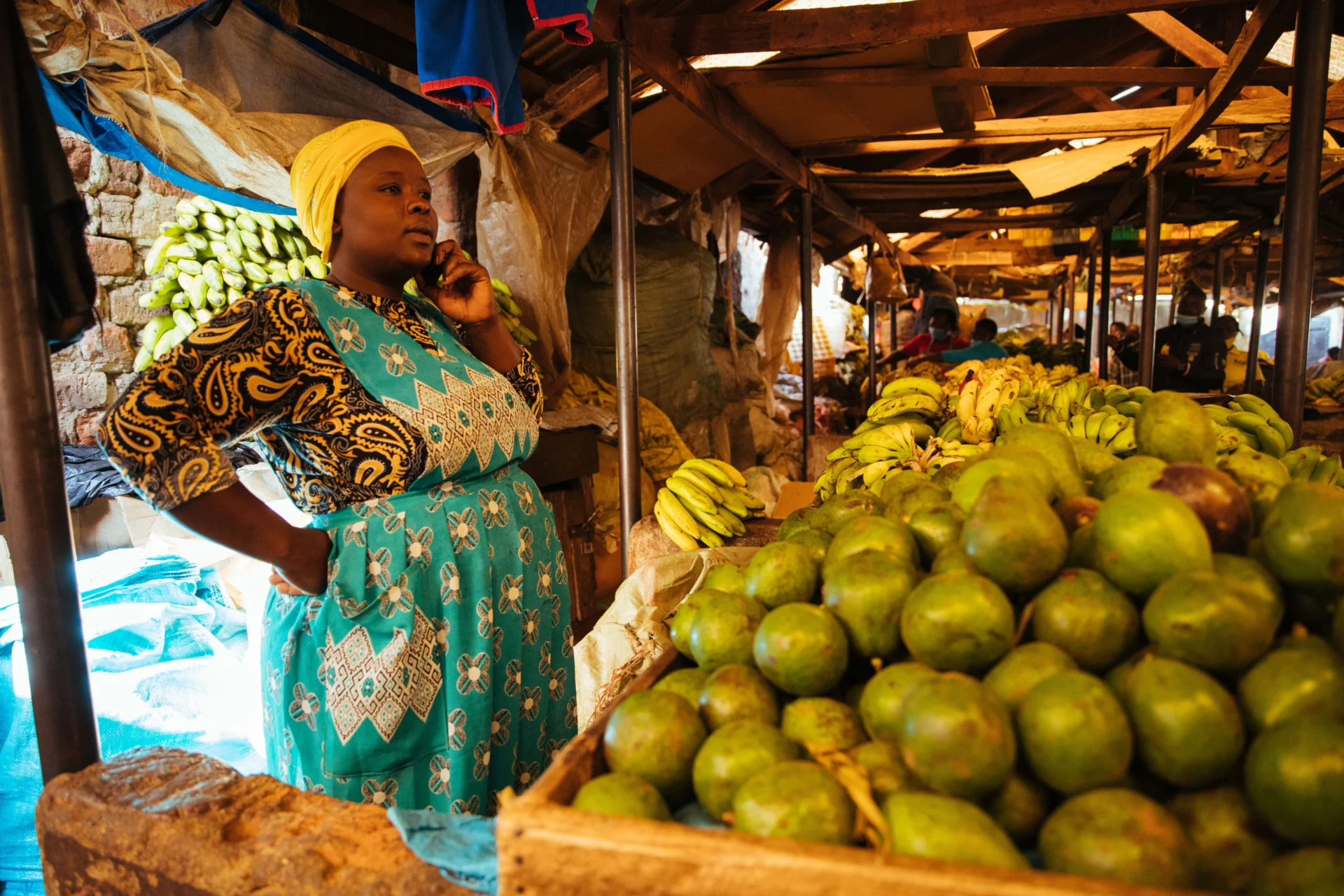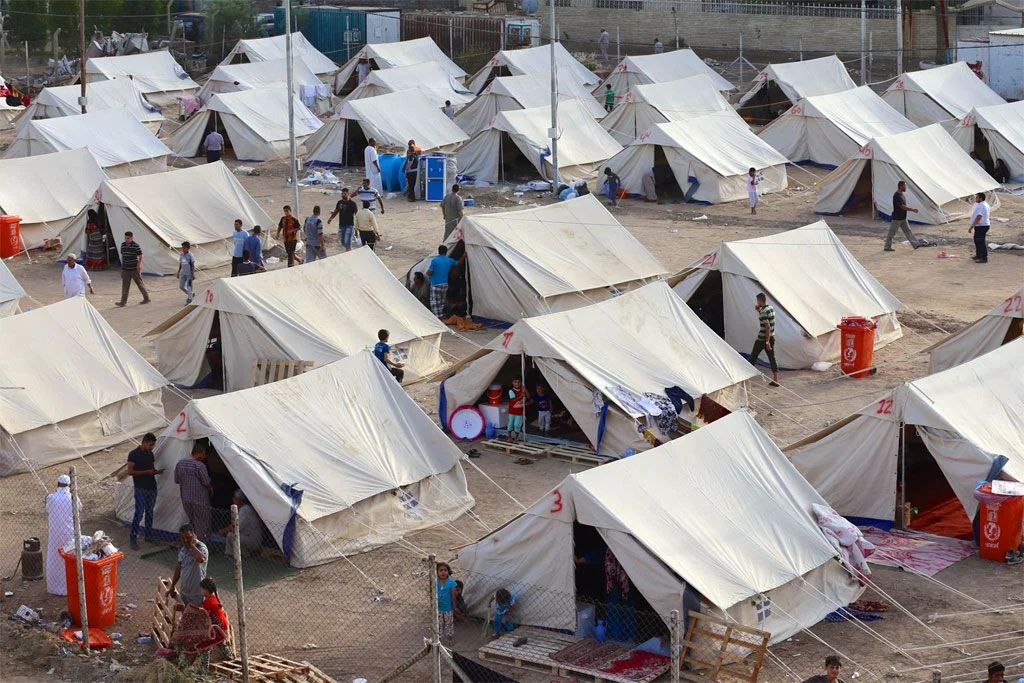Measuring Hunger Beyond Numbers means moving past raw statistics to explore the human, systemic, and contextual stories behind food insecurity. In Africa, this approach is critical: it ensures we don’t reduce people to percentages, but instead use rigorous monitoring & evaluation (M&E) and social research to inform policy, improve nutrition programs, and track progress toward SDG 2 – Zero Hunger.
This article shows 5 powerful ways in which M&E and social research drive action, highlights human stories behind the data, and suggests what Insight and Social (your platform) can call readers to do.
From Data to Policy: Translating Research into Action
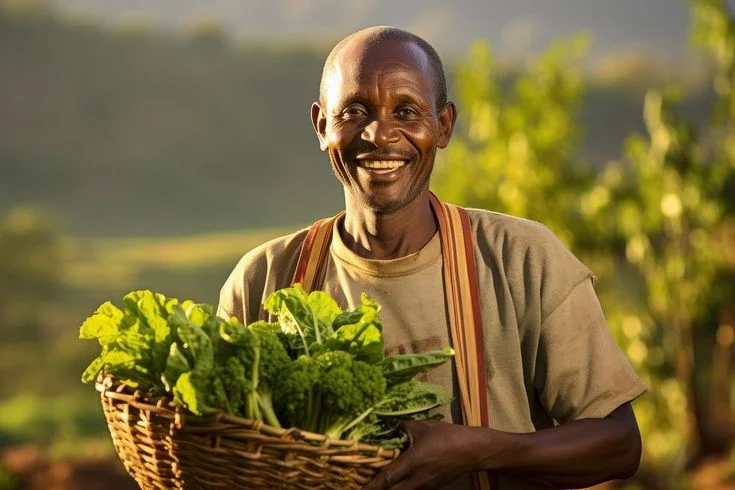
Why traditional numbers aren’t enough
Counting undernourished people or tracking stunting rates is necessary but incomplete. Such indicators don’t always tell us why hunger persists in certain communities, or which interventions will truly work. FAO reminds us that SDG 2 targets go beyond mere undernourishment to capture multiple forms and causes of food insecurity.
M&E as a bridge to policy
- Theory of change & logic models: Good M&E begins with clear hypotheses on how an intervention will lead to outcomes. This helps governments and donors assess whether programs are on track or need revisiting.
- Impact evaluations & randomized trials: For example, the FIRST program provides policy assistance in food security and nutrition, using rigorous evaluation to inform national strategies.
- Mixed methods: Qualitative interviews or participatory methods (focus groups, storytelling) complement quantitative metrics, revealing community perspectives, barriers, and pathways to change.
By feeding evidence into national decision-making, research helps governments target subsidies, social protection, or agricultural packages to where they will do the best
Strengthening Nutrition Programs through Research & M&E

Nutrition-sensitive agriculture and food systems
Recent studies emphasize nutrition-sensitive agriculture, which links farming practices directly to better dietary outcomes. Through careful measurement, one can test whether promoting diverse crops, biofortified varieties, or home gardens actually improves micronutrient status.
Tracking program fidelity and quality
A program may exist on paper but fail in practice. M&E helps track whether:
- Supplementation or fortification is reaching intended households
- Behavior change education is delivered with fidelity
- Supply chains (e.g. distribution of fortified foods) are functioning
One promising innovation: researchers using egocentric cameras to passively monitor food intake in Ghana and Kenya, improving dietary assessment accuracy beyond recall methods.
Adaptive learning and course correction
When data reveals low uptake, adverse unintended effects, or inequitable reach (e.g. marginalized groups left out), programs can adjust. Real-time dashboards, feedback loops, and participatory M&E keep interventions responsive.
Tracking SDG 2: Beyond Counts to Context
Standard SDG 2 indicators
The SDG 2 (Zero Hunger) framework includes metrics such as:
- Prevalence of undernourishment
- Child stunting, wasting, and underweight
- Dietary diversity
- Agricultural productivity and incomes
- Sustainable food systems
But national reports often lag, are inconsistent, or hide subnational disparities.
Innovative metrics and spatial data
New research is pushing boundaries. For instance, a continental-scale study mapped travel time to nearest markets, showing how rural populations often face extreme distances and poor access revealing food insecurity layers that traditional metrics miss.
Accountability & data user frameworks
For SDG 2 to matter, data must lead to accountability. Researchers have proposed frameworks that link civil society, media, government, and academia around a “data users’ alliance” so that evidence drives action.
The People Behind the Numbers: Stories That Move
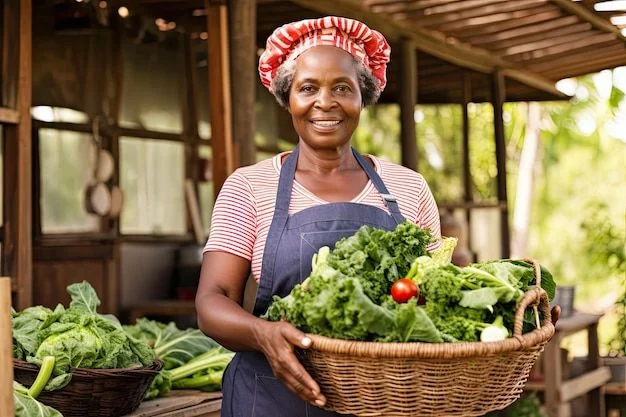
The mother who skipped meals
Meet Amina in rural northern Nigeria (pseudonym). She is a smallholder farmer raising three children. During a lean season, she sometimes skips a meal herself so that her children can eat. Her earnings are volatile, input costs rising, and the local clinic’s nutrition program never reaches her hamlet.
- Quantitative data might record her household as “moderately food insecure.”
- But qualitative research reveals the daily trade-offs, shame, and stress behind that label.
The adolescent girl rescued
In a drought-hit community in Ethiopia, 14-year-old Sara’s weight plummeted. A mobile screening team, through a research-based nutrition program, identified her early and provided therapeutic food, leading to recovery. Monitoring showed her growth curves improving.
Such stories humanize the urgency of using research to catch early risks, not wait until crisis.
The community researcher turned advocate
In Cape Town’s informal settlements, a Food Imbizo convened community members trained in participatory food security methods. These citizen-researchers collected real-time price and dietary data and presented findings to local government.
One of them, Nomfundo, used insights to lobby for mobile fresh food markets near her neighborhood urning data into a public intervention.
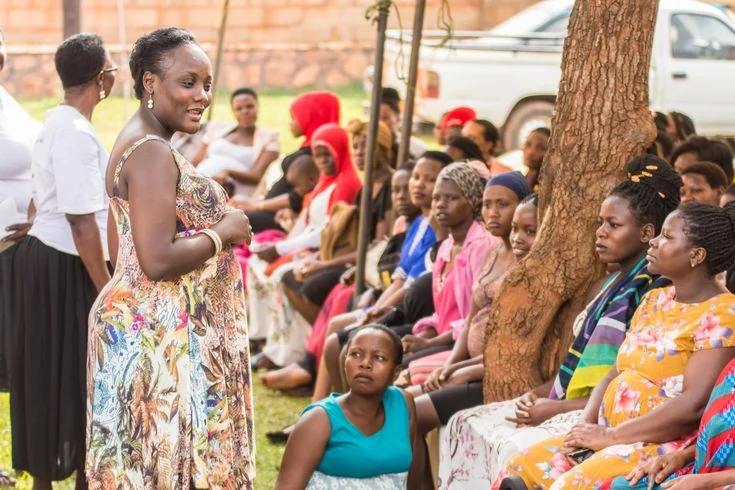
Challenges, Risks & Pathways Forward
Challenges & pitfalls
Data gaps and timeliness: Many national systems are underfunded and delayed.
Bias and exclusion: Vulnerable populations (remote, nomadic, displaced) often get omitted.
Capacity constraints: Local institutions may lack capacity to collect, analyze, or use data.
Policy inertia: Even solid evidence may not lead to reform if political will, budgets, or incentives are lacking.
Pathways to overcome
Invest in local M&E capacity: Strengthen national statistical offices, research bodies, and civil society partners.
Open data & transparency: Publish granular subnational data, maps, dashboards.
Co-creation with communities: Engage local people as data collectors, interpreters, and advocates.
Data + narrative storytelling: Pair numbers with compelling human stories so that policymakers care.
Cross-sector integration: Combine agriculture, health, social protection, climate data not siloed.
Let’s End It Here
Measuring Hunger Beyond Numbers is not just an academic ideal; it’s essential for creating nutrition policies and food systems that truly uplift African communities. When research is rigorous, people-centered, and translated into policy, it becomes a force for change.
Your turn, dear Insight and Social reader:
Share this article to amplify the urgency of evidence-based food security approaches
Engage local researchers or organizations (like FAO, WFP, national ministries, local universities) to share data stories from your region
Support or initiate participatory data projects in your community
By doing so, you help build the bridge from measurement to meaningful action and move Africa one step closer to achieving SDG 2 – Zero Hunger.
At Insight and Social, we believe research is only as powerful as the change it inspires.
Let’s work together to design smarter surveys, build stronger M&E systems, and tell the stories that make policymakers listen. Contact us today!


